Tuatahi Farming Partnership, Pukeatua
Tuatahi Farming Partnership (Tuatahi) was established in 2010, an entity jointly owned by Oraukura 3 Incorporation and Puketapu 3A Incorporation. The partnership unites the farming businesses of both incorporations, a decision that was made to leverage the opportunities across the two entities. Tuatahi leases land for livestock farming from the two land owning partners and external landowning entities. The farm is now made up of two business units - the combined Moerangi and Oraukura properties which are off State Highway 41 above Lake Taupō, and Manunui, which is located near Taumarunui.
Video
Download this story
Download a copy of the Tuatahi Farming Partnerships story here [PDF, 489 KB]
Overview
The information and data in this report relates only to the Moerangi Block where the majority of the on-farm changes have been made.
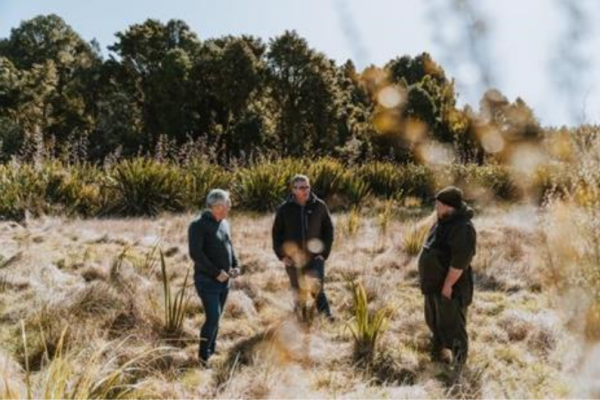
The Moerangi and Oraukura properties, totalling 5,647 ha, of which 2,921 ha is in pasture, 1,726ha in production forestry, and 1,000ha in native forest, are located on well drained pumice soils. The region receives approximately 1,250 mm of rainfall annually. The property is approximately 45 percent flat to undulating, with some of the farm in rolling or steep hill country. Manunui is a 695.5 ha medium hill country property located 15 km from Taumarunui on State Highway 41 at Ngapuke.
With 15 full-time staff, people management is a key aspect of the farming operation for Tuatahi.
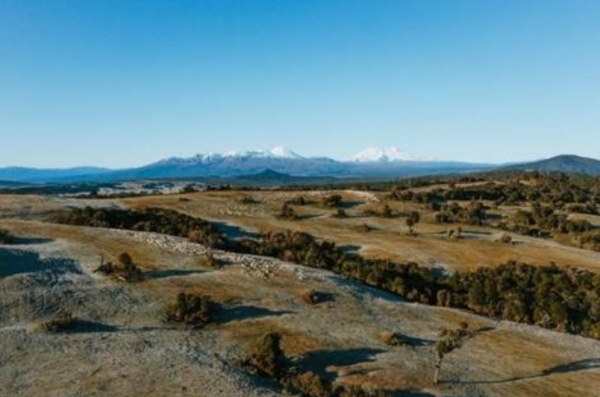
Tuatahi operates a mix of sheep, deer, and cattle, with approximately 30 percent beef, 15 percent deer and the remainder in sheep – although Manunui is only sheep and cattle. The sheep policy is predominantly a breeding finishing operation but with some lambs sold store as the summer dictates. The deer policy is venison-focussed, with both a maternal and terminal mating programme in place. The mixed sex terminal fawns and maternal bred stags have all been sold as
weaners. While 250 to 300 breeding cows are farmed at Moerangi and Oraukura, the majority of the farmed cattle are generally purchased as yearlings and 20 months of age and grown through to finishing at 24 to 36 months of age. The farm operates around 27,000 revised stock units (RSUs).
The Tuatahi farming operation is largely driven by its values to run a sustainable and profitable agribusiness, while helping to preserve and protect the wai and whenua for future generations to come.
Tuatahi have undertaken some on-farm actions that have led to an 11 percent reduction in emissions achieved across the Moerangi block. The Partnership has:
- reduced its nitrogen (N) application on the pastoral area from 26 kg N/ha to 0 kg N/ha and continued their N application of 50 kg N/ha on the cropping (these changes allowed Tuatahi to meet the 190 kg N/ha nitrogen cap – decreased nitrous oxide and carbon dioxide emissions)
- reduced winter cropping as shown in Table 1.
- reduced their stocking rate per hectare by 12 percent.
- incorporated production forestry.
Table 1: Tuatahi Farming Partnership physical parameters
|
Physical parameters |
2021 | 2023 |
|
Effective ha |
2920.6 | 2920.6 |
|
Cattle (ave/mth) |
941 | 1427 |
|
Sheep (ave/mth) |
15953 | 14718 |
|
Deer (ave/mth) |
3649 | 1756 |
|
Crops (ha) |
407 | 100 |
|
Total RSU |
31072 | 27371 |
|
Nitrogen usage (t) |
63.471 | 5.878 |
Why were the changes made?
Based on their inherent values and the challenges faced, Tuatahi are introducing changes to their
farming systems in order to reduce environmental impacts, including GHG emissions.
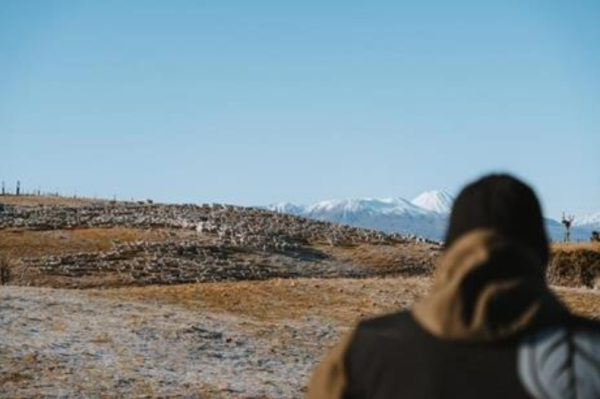
Figure 1: Total biological emissions (methane and nitrous oxide) across Tuatahi’s Moerangi property on a per ha/year basis (t CO2e/ha)
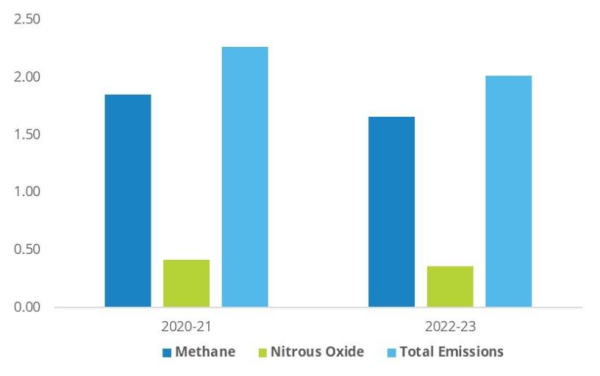
Figure 1 above shows an 11 percent reduction in total biological emissions from 2020/21 to 2022/23.
Figure 2: Total greenhouse gas emissions (t CO2e/ha) from Tuatahi’s Moerangi property in 2020/21 compared to in 2022/23.
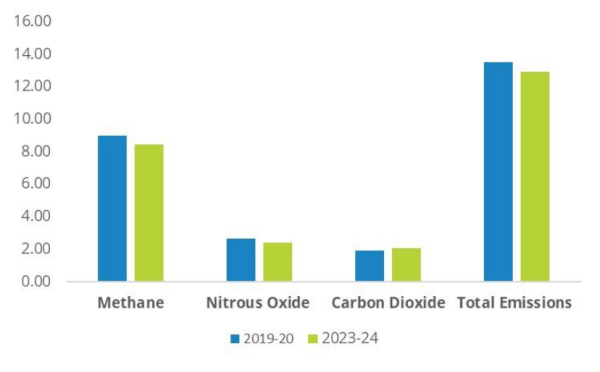
As shown in Table 2, the total emissions and nitrous oxide emissions from the Moerangi Block have decreased by 17 percent from 2021 to 2023. The total biological greenhouse gas emissions and nitrogen leaching have both reduced by 11 percent, an outcome of the on-farm actions that Tuatahi have undertaken.
GHG modelling method
Greenhouse gas numbers for the Moerangi block have been calculated using OverseerFM.
Table 2: Tuatahi farm’s Moerangi property emissions from OverseerFM
|
Tuatahi - Moerangi Property |
2020 | 2022 | % Change |
|
Total area (ha) |
4646.80 | 4646.80 | |
|
Total Methane (t CO2e/ha/yr) |
1.85 | 1.66 | -10% |
|
Total Nitrous oxide (t CO2e/ha/yr) |
0.57 | 0.46 | -19% |
|
Total CO2e (t/ha) |
0.21 | 0.07 | -67% |
|
Total GHG (t CO2e/ha/yr) |
2.63 | 2.19 | -17% |
|
Biological Methane (t CO2e/ha/yr) |
1.85 | 1.66 | -10% |
|
Biological Nitrous oxide (t CO2e/ha/yr) |
0.42 | 0.36 | -14% |
|
Total biological GHGs (t CO2e/ha/yr) |
2.27 | 2.02 | -11% |
|
Total Methane (kg CH4/ha) |
74 | 66 | -11% |
|
Nitrogen leached (kg N/ha/yr) |
28.3 | 31.3 | 11% |
What process did they go through to make the changes?
Although lowering greenhouse gas emissions may not have been one of the key drivers of change for Tuatahi, understanding the land so that they farm it in the best way for their whenua is important. Tuatahi partners worked with advisors to understand their impact on the whenua. The process they went through was initially to reduce the stocking rate and retire land not suitable for farming. In doing so, they were able to lower their nitrogen fertiliser usage on farm.
As Tuatahi continue to focus on improving their existing farming operation, knowing and understanding their greenhouse gas number will be important.
The joint Trusts have not yet determined what other changes they will make for Tuatahi Farming Partnership in the future.

Tuatahi are interested in exploring alternative income streams such as diversifying into timber production and finding ways to farm in a way that aligns with their values.
Tuatahi plan to continually assess their GHG emissions profile via Overseer, in order to identify
other options, they could implement to further improve their environmental footprint.
What drives or constrains these changes?
The farming area has presented some challenges that constrain these changes. These include:
- high altitude and cold winter temperatures, meaning a long winter compared to most North Island farms;
- an increasingly dry summer period for a location that has received and relied on good summer rainfall in the past;
- partially operating in the Lake Taupō catchment with an additional layer of monitoring, planning, reporting and compliance required due to nitrogen leaching restrictions;
- maintaining a balance of meeting environmental and financial goals.
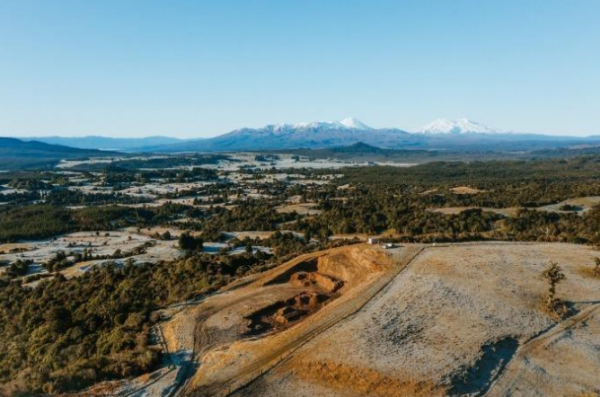
What advice do they have for other farmers?
- It is important to ask questions of experts if you are not sure what the best option is.
- Change takes time, you just need to think about the next step to take.
- Decisions that are good for the whenua and for the people will always be good decisions.
- Take the time to plan ahead and set goals for what you want to achieve in the future. This will guide your day to day.
Published: July 22, 2025

